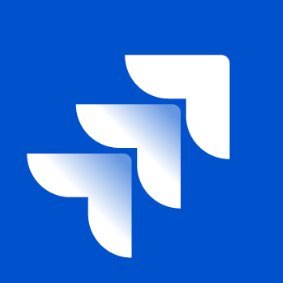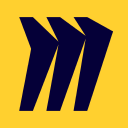My Remote IT Recruitment Platform Reached $15K/Month In Just 3 Months
Note: This business is no longer running. It was started in 2022 and ended in 2024. Reason for closure: Acquired.
Hello! Who are you and what business did you start?
Hi everyone! My name is Pavel Podkorytov, and I am the founder of TalentService - a revolutionary developer-focused platform for employer assessment and remote recruitment. It is a platform that uses an innovative approach of reversed recruitment of IT talents: it's not the talents who have to prove to the companies their competencies and ability to fit in the company, but the recruiters who now need to prove to the talents that their culture and working environment of their company are suitable for the IT talent that they are recruiting.
In 3 months after the startup launch in January 2022, almost 3500 IT talents have started using the platform, 400 companies have answered the questionnaire via IT talents' links, and 282 vacancies were published on the platform.
The geography of talents comprises CIS, Eastern Europe, and India. Three of the top markets where job openings come from are the US, Germany, and the UK.

Download the report and join our email newsletter packed with business ideas and money-making opportunities, backed by real-life case studies.

Download the report and join our email newsletter packed with business ideas and money-making opportunities, backed by real-life case studies.

Download the report and join our email newsletter packed with business ideas and money-making opportunities, backed by real-life case studies.

Download the report and join our email newsletter packed with business ideas and money-making opportunities, backed by real-life case studies.

Download the report and join our email newsletter packed with business ideas and money-making opportunities, backed by real-life case studies.

Download the report and join our email newsletter packed with business ideas and money-making opportunities, backed by real-life case studies.

Download the report and join our email newsletter packed with business ideas and money-making opportunities, backed by real-life case studies.

Download the report and join our email newsletter packed with business ideas and money-making opportunities, backed by real-life case studies.



























